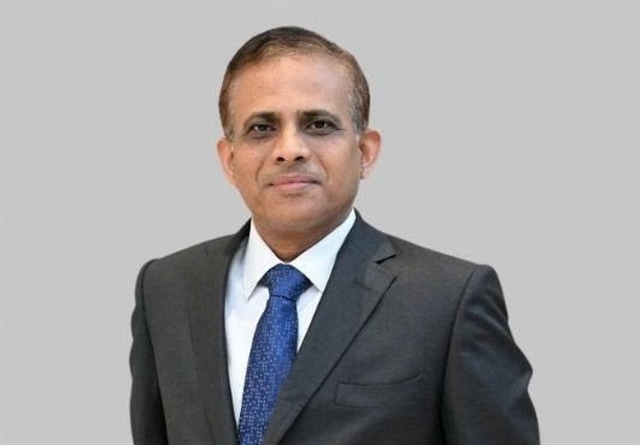Vietnam banks’ profitability improves
Vietnam banks’ profitability improves
Vietnamese banks are forecast to gain in profitability this year, but raising capital will be a key focus for banks to meet the State Bank of Viet Nam’s strict Basel II requirements.

According to a report released on Monday by ratings agency Moody’s Investors Service, Moody’s-rated banks in Viet Nam have shown higher profitability through wider net interest spreads and lower credit costs, which led in turn to improvements in asset quality because the banks utilised the profit growth to write off remaining legacy problem loans.
The report showed the banks achieved a higher aggregate return on assets for a second year running, registering a rise of 1.1 per cent in 2018 from 0.9 per cent in 2017.
Aggregate net income for the banks also rose 35 per cent to VND70 trillion (US$3 billion) last year from the previous year, despite a moderation of credit growth.
"For 2019, Vietnamese banks that Moody’s rates will achieve a further improvement in profitability, again because of wider net interest spreads and lower credit costs," said Rebaca Tan, a Moody’s analyst.
"Credit growth will stay stable over the same period because of tighter control by the State Bank of Viet Nam, and asset quality will improve further, as the banks continue cleaning up their balance sheets," added Tan.
Capitalisation would strengthen because of stronger profitability and stable credit growth.
Capital hike more challenging
However, the Moody’s report also noted most banks would still lack sufficient capital to meet the Basel II requirements that take effect in 2020 as planned by the State Bank of Viet Nam, so raising capital, primarily from foreign investors — due to the underdevelopment of the domestic capital market — would be a key focus for banks in 2019.
Moody’s points out that despite the banks’ improved financial health, greater competition to attract private investments would make it more challenging for Vietnamese banks to raise capital in 2019.
Earlier, Fitch Ratings also said the Vietnamese banking system could face a capital shortfall of almost $20 billion, equal to 9 per cent of GDP, to meet Basel II and to increase allowance coverage to a level that reflected underlying asset-quality problems.
Fitch forecast banks were likely to step up capital issuance over the next 18 months, which could improve the credit profiles of rated banks if it resulted in a meaningful and sustained increase in capitalisation. However, a lack of depth in the domestic capital market could create challenges, particularly as some banks were close to or at the limit for foreign ownership.
As most banks still made their profits from credit, local experts predicted they would have to rush in a survival race to increase capital to meet the central bank’s Basel II requirements this year if they didn’t want to face a sharp reduction in profits as some suffered last year.
The central bank issued a warning in the middle of last year saying it would grant a credit growth quota for each commercial bank depending on the health and capital hike capacity of the bank in 2019. The regulation aims to force local banks to meet capital standards according to Basel II – a set of banking standards and principles issued by the Basel Committee on banking supervision to enhance competition and transparency in the banking system and make banks more resistant to market changes.
Economist Le Xuan Nghia said raising capital would be the biggest problem for banks in 2019, explaining that only by increasing capital could banks get a credit growth quota from the central bank to enable them to make profits.
It is forecast the race to increase capital would be fiercer this year as many banks failed to do so last year. In early 2018, nearly 20 banks targeted to raise capital, but only a few succeeded at the end of the year.

























